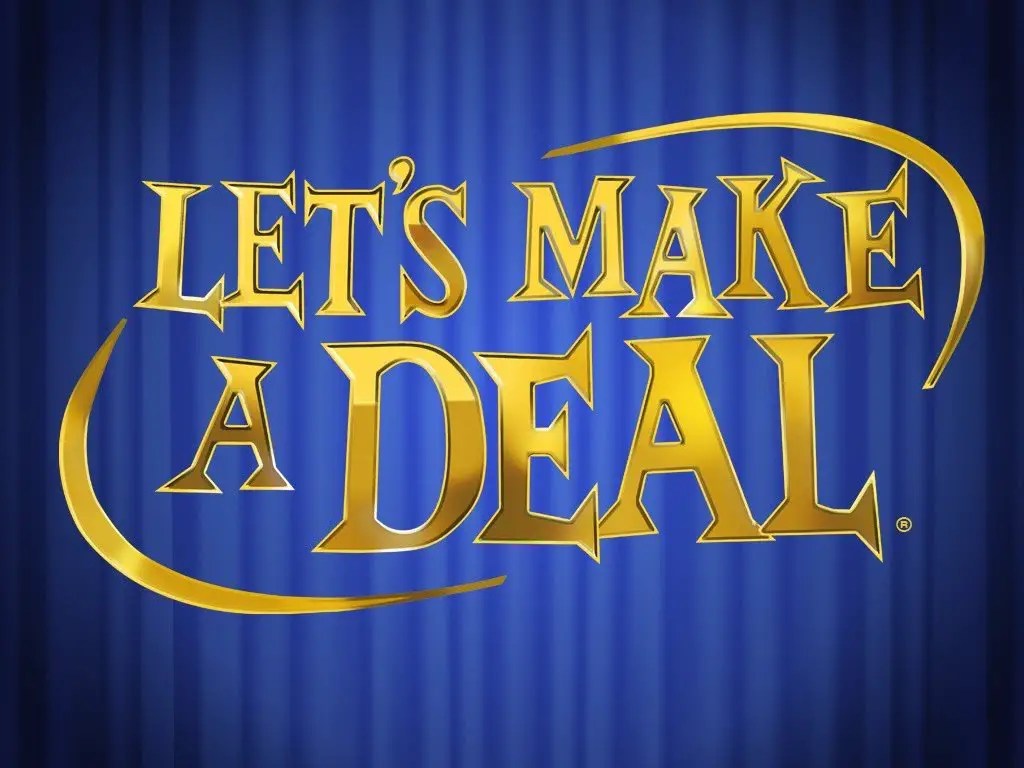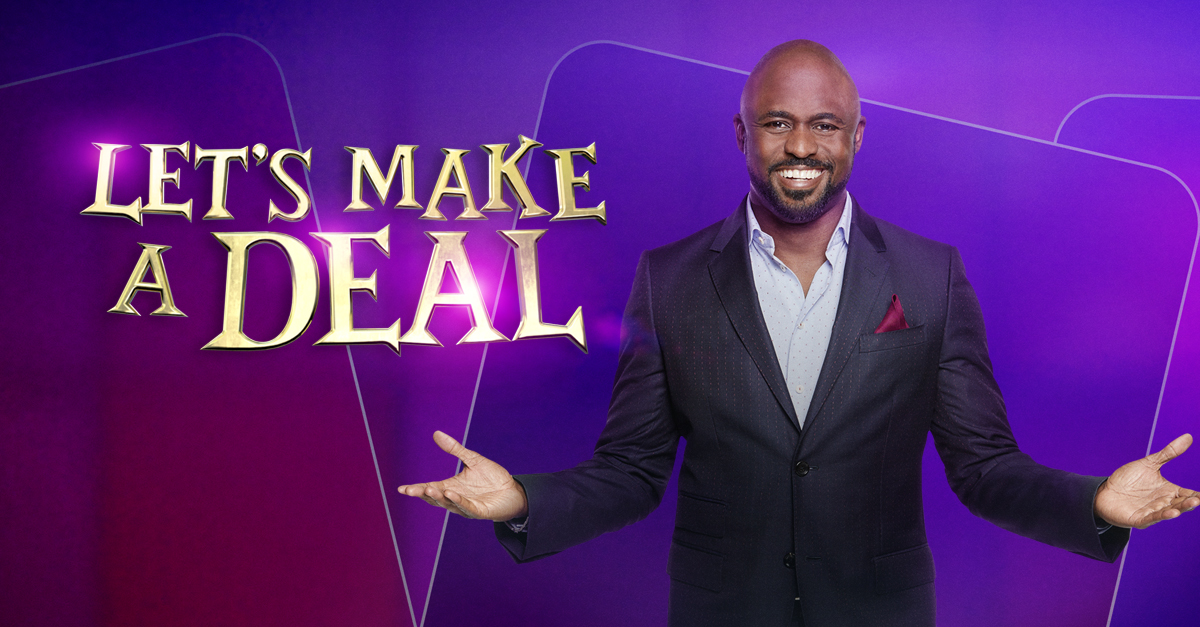Let's Make a Deal is not just a game show; it's a cultural phenomenon that has entertained millions of viewers since its inception. Created by Monty Hall and originally airing in the 1960s, this show has transformed into an iconic television experience that continues to captivate audiences today. In this article, we will dive deep into the history, mechanics, and impact of "Let's Make a Deal," exploring why it remains a beloved fixture on television.
With its blend of excitement, anticipation, and humor, "Let's Make a Deal" has successfully woven itself into the fabric of American television. Let's embark on a comprehensive journey through the show's history, its formats, and the reasons behind its enduring popularity.
Table of Contents
1. History of Let's Make a Deal
Let's Make a Deal first premiered on December 30, 1963, and was created by Monty Hall. The show quickly gained popularity due to its engaging format and the charismatic presence of Hall. Contestants dressed in outlandish costumes would try to make deals with the host, trading items they had for hidden prizes behind doors, curtains, or boxes.
The show went through various iterations over the decades, each time adapting to changing viewer preferences and television trends. In the 1970s, "Let's Make a Deal" became a staple of daytime television, and its influence can still be seen in numerous game shows today.
Evolution Over the Years
Over the years, "Let's Make a Deal" has seen multiple revivals and adaptations, including a notable version hosted by Wayne Brady that premiered in 2009. This revival brought the show to a new generation, introducing fresh elements while maintaining the charm of the original format.
2. The Format of the Game Show
The structure of "Let's Make a Deal" is simple yet intriguing. Contestants are presented with choices that involve risk, often having to decide whether to keep a known prize or trade it for a chance at something potentially more valuable.
Key Elements of the Game
- Trading Prizes: Contestants can trade items they have won for unknown prizes.
- The Big Deal: A significant prize is hidden behind doors, and contestants can choose to go for it or settle for smaller prizes.
- Incentives: Sometimes, contestants are given incentives to make deals, adding to the excitement.
3. Iconic Hosts of Let's Make a Deal
Monty Hall is perhaps the most recognized host of "Let's Make a Deal," but he was not the only one. Other hosts, such as Bob Hilton and Wayne Brady, have also left their mark on the show.
Monty Hall's Legacy
Monty Hall's engaging personality and quick wit made him a beloved figure in television history. His style of hosting set the tone for future game shows, emphasizing the importance of audience interaction and entertainment.
Wayne Brady's Modern Touch
Wayne Brady brought a fresh, modern approach to the show during its revival. His charismatic hosting skills and ability to connect with contestants revitalized the series, making it appealing to a younger audience.
4. Contestant Strategies and Tips
Success on "Let's Make a Deal" often depends on the contestants' strategies. Here are some tips for aspiring contestants:
- Know When to Trade: Assess the value of what you have versus what you could potentially win.
- Be Outrageous: Costumes and outrageous behavior can catch the host's attention, increasing your chances of being selected.
- Stay Calm: Making decisions under pressure is key; staying composed can lead to better choices.
5. Cultural Impact of Let's Make a Deal
Let's Make a Deal has had a lasting impact on American culture, influencing countless other game shows and entertainment formats. Its unique blend of risk, humor, and audience participation has set a standard for interactive television.
Influence on Other Shows
Many game shows that followed in the footsteps of "Let's Make a Deal" incorporated similar elements of surprise and trading. Shows like "The Price is Right" and "Deal or No Deal" owe some of their structure and appeal to the foundational concepts established by Hall's creation.
6. Fun Facts and Statistics
Here are some intriguing statistics and fun facts about "Let's Make a Deal":
- The show has aired over 10,000 episodes since its debut.
- Monty Hall was known for his famous "Let's Make a Deal" catchphrase.
- The show has won multiple Daytime Emmy Awards for its entertainment value.
7. The Future of Let's Make a Deal
With its rich history and continued popularity, "Let's Make a Deal" shows no signs of slowing down. As television evolves, the show is likely to adapt and change to meet the expectations of modern audiences.
New technologies and interactive elements could be integrated into the format, allowing viewers at home to participate in real-time decision-making.
8. Conclusion
In conclusion, "Let's Make a Deal" stands as a testament to the enduring appeal of game shows. Its unique format, memorable hosts, and cultural significance have cemented its place in television history. Whether you're a longtime fan or a newcomer, there's no denying the excitement that comes from making a deal on this iconic show.
What are your thoughts on "Let's Make a Deal"? Have you ever participated in a game show? Leave your comments below and share your experiences with us!
Thank you for reading! We invite you to explore more engaging articles on our site, and we hope to see you back soon for more exciting content!
Also Read
Article Recommendations



ncG1vNJzZmivp6x7tMHRr6CvmZynsrS71KuanqtemLyue9WiqZqko6q9pr7SrZirq2FlfK2x06xkppmbmnqiecOemKVmmKm6rQ%3D%3D